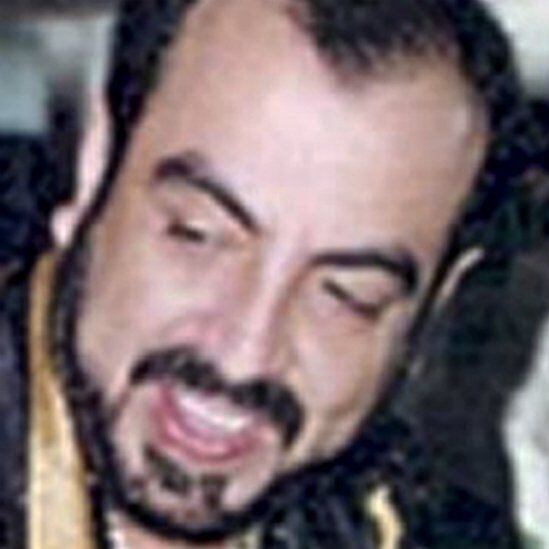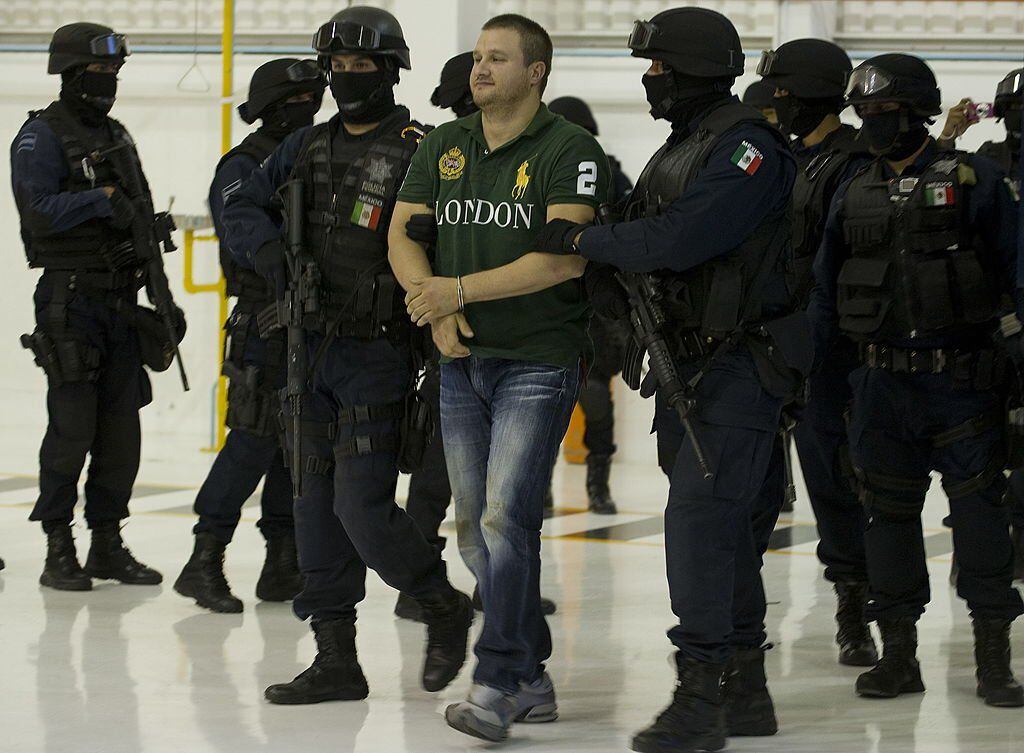The American drug trafficker of Mexican origin Edgar Valdez Villarrealknown as “La Barbie”, had to serve a prison sentence until the year 2056 in USA.
The former boss of the Sinaloa Cartel and considered one of the bloodiest of drug trafficking in Mexico received a sentence of 49 years in prison in 2018.
But now your name has disappeared from the list of prisoners in custody in the records of the United States Federal Bureau of Prisons.
“He is not in the custody of the BOP (Federal Prison Agency),” answers the official page when looking for the name of the prisoner, as confirmed by BBC Mundo on Tuesday.
The US authorities have not yet revealed the whereabouts or situation of the prisoner.
The president of Mexico, Andrés Manuel López Obrador, announced that his government has asked the United States for explanations.
Experts believe that “La Barbie”, nicknamed for her blonde hair and blue eyes, could be collaborating with the US authorities, to whom she would provide information in exchange for certain benefits such as inclusion in a witness protection programthe reduction of your sentence or other types of benefits.
The smiling narco
When he was introduced to journalists after his capture in 2010, “La Barbie” did not stop smiling.
The gesture sparked controversy in the country, as many interpreted it as a mockery of the authorities.
In 2015 he was extradited to the North American country, where three years later a court in Atlanta, Georgia, sentenced him to 49 years and one month in prison, as well as a US$192 million fine, for four crimes of drug trafficking and one of money laundering.
Valdez Villarreal had pleaded guilty to the charges to avoid the life sentence that had been sought against him.
The prosecutor in the case then alleged that “he imported tons of cocaine into the United States while mercilessly advancing to the highest positions of one of the most powerful cartels in Mexico, leaving behind countless lives destroyed by violence”.
Paradoxically, after the sentence was handed down, the prosecutor stated that the drug trafficker would go “to prison for almost the rest of his life“, and that this was a message to Mexican cartel leaders that they “should know that, like ‘La Barbie,’ they would be held accountable for their crimes.”

violence and cruelty
Valdez Villarreal was born in Laredo, Texas, in August 1973, and from the age of 19 he accumulated a minor criminal record.
The US government pointed out that in the year 2000 “La Barbie” already had a prosperous marijuana and cocaine distribution business in her hometown.
Its operations even extended to places like New Orleans, Louisiana, Memphis, Tennessee, and Mississippi.
The activity of the young Texan caught the attention of the Mexican drug cartels.
That same year, 2000, he was recruited by Arturo Beltrán Leyva, “El Barbas”, who was then one of the main leaders of the Sinaloa Cartel (also called the Pacific Cartel).
The capo entrusted him with one of the most important operations for the organization at that time: to seize the market and drug trafficking routes in Nuevo Laredo, Tamaulipas, from the Gulf Cartel, which controlled them.
The mission was agreed upon in a conclave of leaders held in Cuernavaca, Morelos, according to a report by the National Center for Planning, Analysis and Information to Combat Crime (CENAPI).
The meeting took place at the beginning of 2005. Throughout that year “La Barbie” and her group they fought violently street by streetfor traffic control in Nuevo Laredo, on the border with the United States.

There was born the look of cruelty that the American anti-drug agency, the DEA, attributes to Valdez Villarreal.
The battle was the beginning of the war between cartels that caused the death of thousands of people, and that in some regions of the country still continues.
A media capture
Valdez Villarreal became the person closest to Arturo Beltrán Leyva and even stayed by his side when the boss and his brothers broke their alliance with the Sinaloa Cartel.
“El Barbas” was shot down by the Navy in December 2009, and from that moment the Texan went his own way.

With his own group, he launched a battle to control the drug market in Guerrero, especially in the resort of acapulcowhere some of the most violent days in its history were lived.
The capo’s network even extended to Morelos, the country’s capital, and the neighboring State of Mexico, where he was captured on August 30, 2010.
The following day he was presented to the media at the facilities of the Attorney General’s Office (PGR).
It was the moment when he didn’t stop smiling.
Videos and photographs of the moment show him with an amused look, a Ralph Lauren sports shirt and new tennis.
The smile, together with the clothes, was what most attracted the attention of the media, and they even marked kind of fashion in informal clothing markets.
A week after the capture, in the streets of the Mexican capital, replica jersey green from “La Barbie”.
Source: Elcomercio
I am Jack Morton and I work in 24 News Recorder. I mostly cover world news and I have also authored 24 news recorder. I find this work highly interesting and it allows me to keep up with current events happening around the world.

:quality(75)/cloudfront-us-east-1.images.arcpublishing.com/elcomercio/GE3TEMBNGEYS2MRZKQYDAORRG4.jpg)




:quality(75)/cloudfront-us-east-1.images.arcpublishing.com/elcomercio/4BYUTTL6VVGJJHRAWBMTDQJ4TM.jpg)
